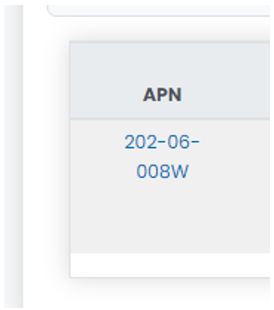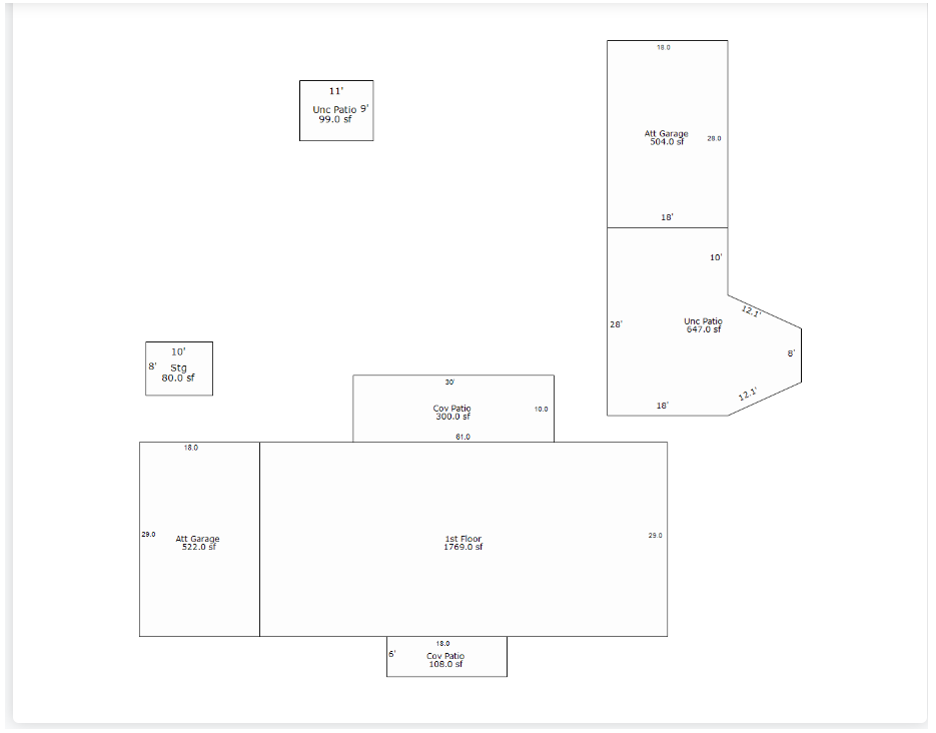Determine your current lot size and how much coverage you currently have. (Maricopa County Assessor)
https://mcassessor.maricopa.gov/. Enter your address in the search bar. Please note, Maricopa County records may not reflect the same lot size as City of Phoenix records.

Then click on the APN number.

In the Property Information box find your lot size. This is listed in square feet.

Maricopa County also provides approximate floor plans. To find these, scroll down to the bottom of the page and find your building sketch. Add the areas of the main house, any carports, garages, and covered patios (uncovered patios are not counted). Any other detached structures, regardless of size such as tool sheds, ramadas, or storage containers/buildings, must be included in your lot coverage calculation. Measure any structures not shown on the assessor's sketch and add the square footage to the total area covered. The site plan and floor plan provided must be drawn to scale to be used for permit approval.

If you have unpermitted buildings on your property, please contact pdd.ombudsman@phoenix.gov to learn how to apply for a permit to legalize them before pursuing the ADU permit.
Take the total area of all structures on your lot and divide it by the lot size shown on the Assessor’s website. The result is the percentage of your lot currently covered. An example of how to create a plot plan.
Take your lot size and multiply it by the percentage allowance (40% = 0.40, 25% = 0.25 etc.) in the zoning ordinance table (see Find your Zoning District). The result is the amount of square footage you are allowed under roof. Subtract the square footage of all current structures from what you are allowed, and you will know how much buildable area you have left. See the ADU guidelines (section 608 of the Zoning Ordinance) for any additional allowances to lot coverage for the ADU and limitations on ADU size based upon your lot size).
Example using the above diagram:
Area of buildings
Main floor of house-1769 Sq. Ft.
Garages-504 Sq. Ft. plus 522 Sq. Ft. = 1026 Sq. Ft.
Covered patios- 300 Sq. Ft. plus 108 Sq. Ft. = 408 Sq. Ft.
Storage building: 80 Sq. Ft.
Total area under roof: 1769+1026+408+80= 3283 Sq. Ft.
Area of lot: 10,000 Sq. Ft.
Percent covered = 3283 divided by 10,000 = 32.83%
